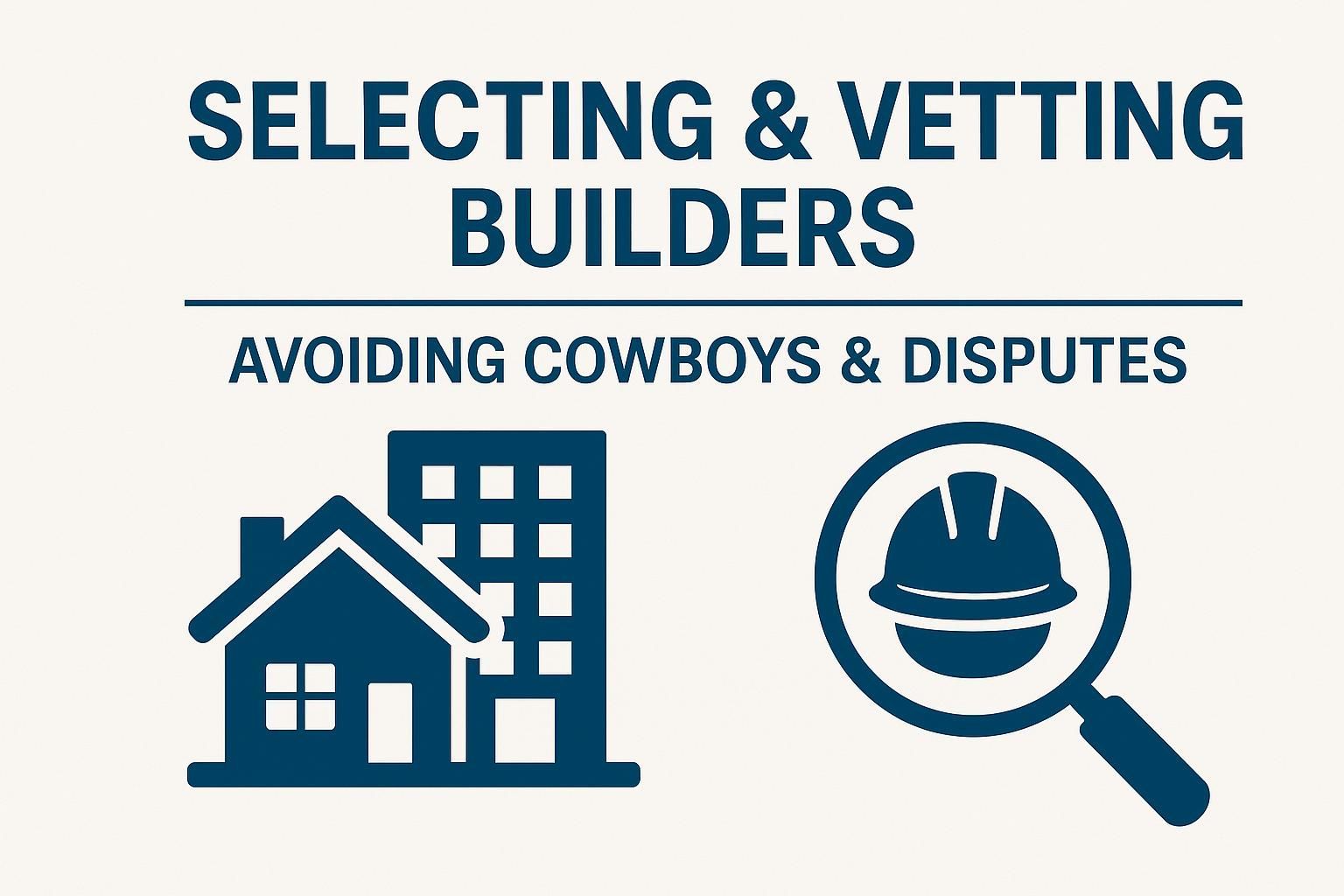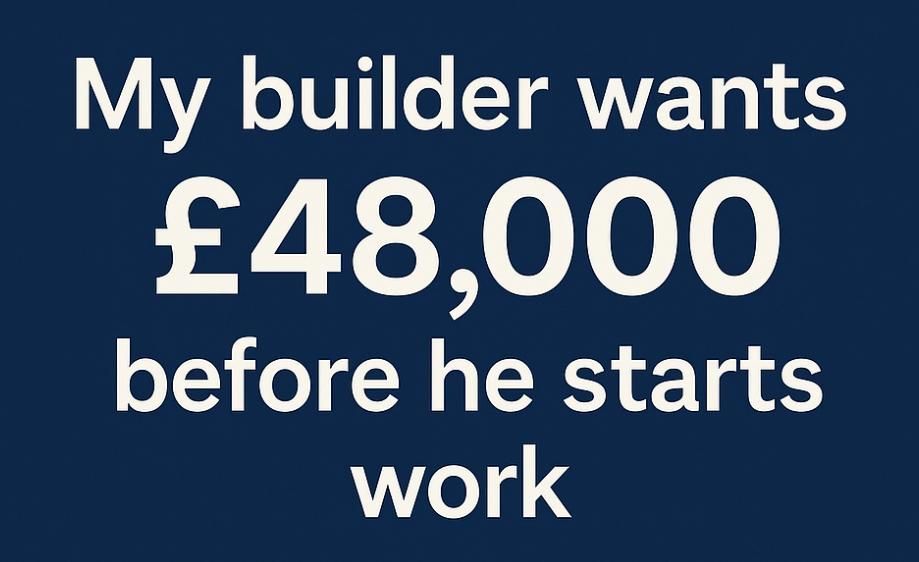What's in a window?
A quick and simple guide to windows and glazing
Windows and Glazing – The Basics
What are the different types of windows used in the UK? Which type of glazing do I need? Read on for the basics.
There are several types of windows commonly used in the UK, including:
Casement windows: These are hinged on one side and open outward, similar to a door. They can be used alone or in combination with other types of windows.
Sash windows: These consist of two panels, or "sashes," that slide up and down vertically. They are often found in older homes.
Tilt and turn windows: These can be opened fully like casement windows, or they can be tilted inward for ventilation.
Bay windows: These are a combination of three or more windows that project out from the wall of a building.
Sliding windows: These have one or more sashes that slide horizontally.
Fixed windows: These don't open, they are just used for light and view.
Roof windows: These are installed in the roof and can be opened for ventilation.
All these types of windows can be made of different materials like wood, PVC, aluminium or fiberglass, each one with its own features and benefits.
What different types of glazing are used in windows in the UK?
There are several types of glazing used in windows in the UK, including:
Single-glazed: This is the most basic type of glazing and consists of a single sheet of glass in the window. It offers the lowest level of insulation and can be relatively drafty.
Double-glazed: This type of glazing consists of two sheets of glass with a sealed air gap between them. This improves insulation and reduces drafts compared to single-glazed windows.
Triple-glazed: This is similar to double-glazed windows, but it has a third sheet of glass, which provides even better insulation and soundproofing.
Low-Emissivity (Low-E) glazing: This type of glazing has a special coating that reflects heat back into the room, helping to improve energy efficiency.
Toughened glass: This is a type of safety glass that has been heat-treated to make it stronger and more resistant to breakage.
Laminated glass: This is a type of safety glass that consists of two sheets of glass with a plastic interlayer. If broken, the plastic holds the glass together, reducing the risk of injury.
Self-cleaning glass: This type of glazing has a special coating that helps to break down dirt and grime, making it easier to clean.
Solar control glass: This type of glazing is designed to reduce heat gain by reflecting or absorbing the sun's rays.
All these types of glazing have different properties and benefits, depending on the need and purpose of the windows.
Reach out to us for support with your next building project.



